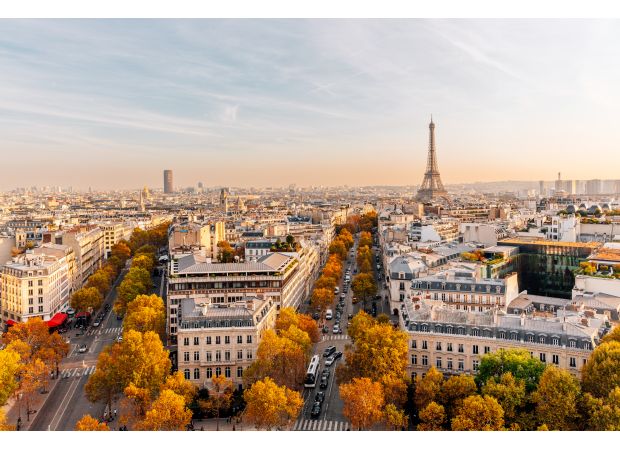Famous French landmark 'reborn' after £706,283,100 renovation.
The old Catholic Cathedral has not been open to the public since 2019.

One of the most famous and beloved landmarks in France, Notre Dame, has emerged victorious after a tragic event that threatened to destroy its magnificence. Standing tall and proud over the Paris city skyline for over 800 years, this Gothic masterpiece has been a top tourist destination for many generations. However, on April 15, 2019, a devastating fire broke out, engulfing the cathedral's wooden spire and roof, causing extensive damage to the structure while worshippers were inside praying. The cause of the fire was later determined to be a cigarette or a short circuit in the electrical system.
After French president Emmanuel Macron promised to restore the cathedral, the rebuilding process began. And now, five years later, the building is ready to reopen its doors to the public. Philippe Jost, president of the public authority overseeing the restoration, is confident that visitors will be amazed and in awe of the interior. But what changes have been made during the restoration process, if any? As the cathedral is owned by the French state, they have directed the €846,000,000 donated towards the project. The restoration process has been extensive, and while the organ survived, thousands of its pipes had to be hand-cleaned.
However, the interiors are the property of the Roman Catholic Diocese of Paris, and thankfully, most of the objects destroyed in the fire were not of historical significance, resulting in minimal costs in this area. The diocese commissioned sculptor and designer Guillaume Bardet to create a new altar, hoping that it will not only speak to the faithful but also to the many tourists who may not be familiar with Catholicism or Christianity. "They too have to understand," Guillaume told National Geographic, "They have to understand that we're talking about the sacred."
The Notre Dame is set to open in December, and one of the major changes is that the structure is now fire-resistant. Special fire-resistant trusses have been installed to separate the spire and its arms from the nave and choir, ensuring that if another fire were to occur, it would not spread throughout the entire attic. The new spire, which was installed almost a year ago in December 2023, features relics of two Parisian saints and a scroll with the names of the 2,000 workers who contributed to the restoration.
For over five years, the Notre Dame has not held mass, but on December 7, it will awaken once again with the re-inauguration of the organ. Although it was left unscathed by the fire, it still needed to be fully dismantled and cleaned out. The 8,000 pipes were individually hand-cleaned by specialized tuners, ensuring that the organ will sound just as beautiful as it did before the fire.
The iconic rooster that sits atop the Notre Dame has also been restored. For the designer, Philippe Villeneuve, it was essential to give it a flame shape as a reminder of the events that took place on April 15, 2019. While the original rooster was saved from the wreckage, it required extensive work. The Notre Dame's inauguration will take place on December 7, followed by the first public mass on December 8, and the consecration of the altar. The crown of thorns, symbolizing Jesus' suffering on the cross, will return to the cathedral on December 13.
Do you have a story to share about the Notre Dame? We would love to hear from you. Please email us at [email address]. Let us continue to support and preserve this magnificent piece of history for generations to come.




